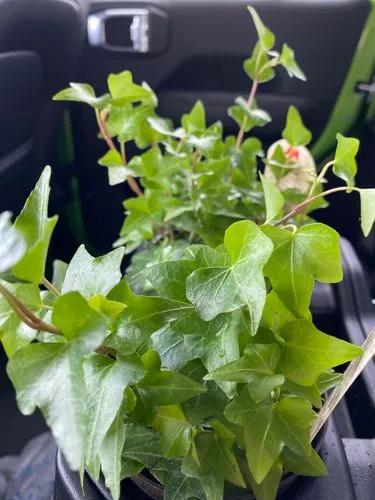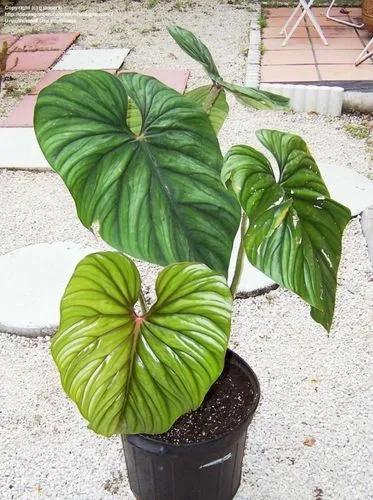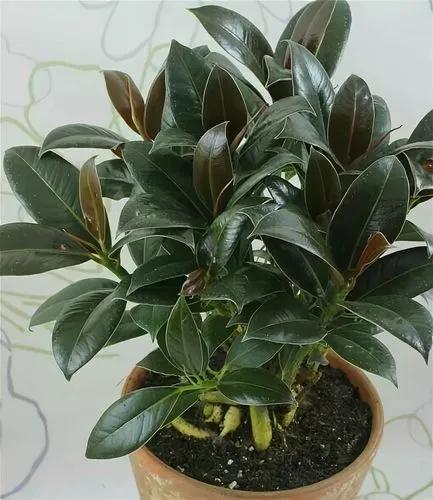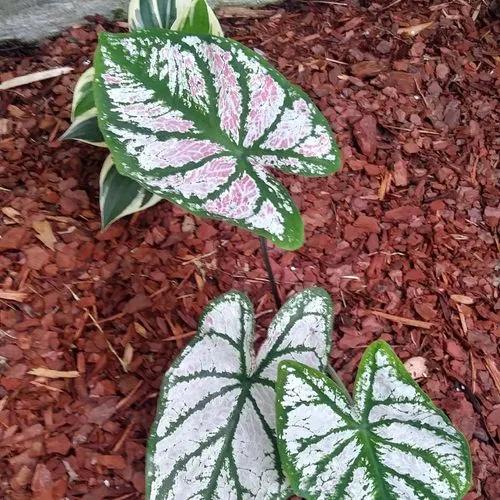Ficus Benjamina or as it's more commonly known, the Weeping Fig, is a common indoor houseplant which comes in multiple different looks and styles. It can be grown as a tall indoor tree with leafless braided trunks, or a tall bushy indoor plant, or even as a short pot plant. The leaves on the all green variety are unremarkable and because the Weeping Fig is not a flowering houseplant, its main attraction is the overall shape and elegant appearance that it creates. This growth pattern means with reasonable care, you can have a tree-like indoor plant which is both grand and impressive but at the same time graceful and tranquil.
Variegated Weeping Fig Care
Ficus benjamina Variegata



How to Care for the Plant

Water

Watering tip: weeping fig tree is sensitive to chlorine, fluoride, and other chemicals often found in tap water, as well as a salt in softened water. Use only distilled or filtered water, or allow tap water to sit overnight spa chemicals will dissipate.

Pruning

Dead or dying sections of the plant can encourage pest infestation or disease. Removing these not only makes your houseplant look better, but reduces the risk of further problems down the line.

Fertilizer

Simply apply the fertilizer around the base of the plant, extending to the drip line. For vegetables, place the fertilizer in a strip parallel to the planting row. Water-soluble fertilizers are faster acting but must be applied more frequently. This method gives plants food while you water.

Sunlight

Less sun naturally means less growth.

Soil

Well-drained.

Temperature

The trees do best with nighttime temperatures between 65 and 70 degrees F. and daytime temperatures between 75 and 85 degrees F. Consider setting your thermostat to regulate temperature fluctuations in your home. In the summertime, do not use heavy air conditioning, since weeping figs will suffer if the indoor temperature drops below 70 degrees.

Container

Container should provide ample drainage and room for growth.

Popularity

1,327 people already have this plant 305 people have added this plant to their wishlists
Discover more plants with the list below
Popular articles






